Filter by
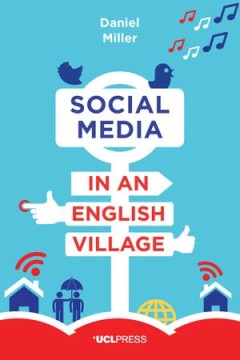
Social Media in an English Village
Daniel Miller spent 18 months undertaking an ethnographic study with the residents of an English village, tracking their use of the different social media platforms. Following his study, he argues that a focus on platforms such as Facebook, Twitter and Instagram does little to explain what we post on social media. Instead, the key to understanding how people in an English village use social med…
- Edition
- -
- ISBN/ISSN
- 9781910634448
- Collation
- -
- Series Title
- -
- Call Number
- 301 MIL s
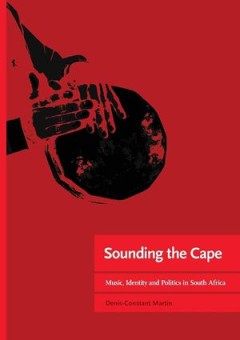
Sounding the Cape: Music, Identity and Politics in South Africa
For several centuries Cape Town has accommodated a great variety of musical genres which have usually been associated with specific population groups living in and around the city. Musical styles and genres produced in Cape Town have therefore been assigned an “identity” which is first and foremost social. This volume tries to question the relationship established between musical styles and…
- Edition
- -
- ISBN/ISSN
- 9781920489823
- Collation
- -
- Series Title
- -
- Call Number
- 301 MAR s
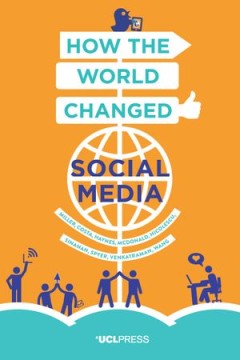
How the World Changed Social Media
How the World Changed Social Media is the first book in Why We Post, a book series that investigates the findings of nine anthropologists who each spent 15 months living in communities across the world. This book offers a comparative analysis summarising the results of the research and exploring the impact of social media on politics and gender, education and commerce. What is the result of the…
- Edition
- -
- ISBN/ISSN
- 9781910634493
- Collation
- -
- Series Title
- -
- Call Number
- 301 SIN s
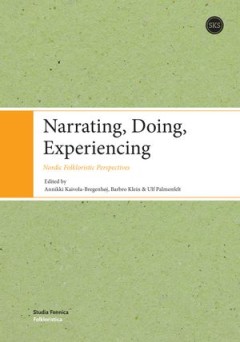
Narrating, Doing, Experiencing
How do people tell of experiences, things and events that mean a lot to them and are unforgettable? Eight Nordic folklorists here examine personal experience stories and the way they are narrated in an attempt to gain an understanding of the people behind them and to reveal how these people handle their history, their lives and their cultural memory. All the articles are based on interviews and…
- Edition
- -
- ISBN/ISSN
- 9789518580648
- Collation
- -
- Series Title
- -
- Call Number
- 301 PAL n
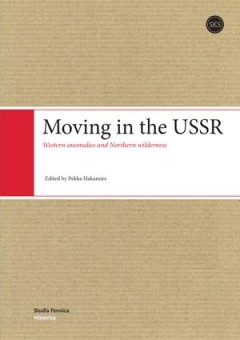
Moving in the USSR
This book deals with 20th century resettlements in the western areas of the former USSR, in particular the territory of Karelia that was ceded by Finland in the WWII, Podolia in the Ukraine, and the North-West periphery of Russia in the Kola peninsula. Finns from Karelia emigrated to Finland, most of the Jews of Podolia were exterminated by Nazi Germany but the survivors later emigrated to Isra…
- Edition
- -
- ISBN/ISSN
- -
- Collation
- -
- Series Title
- -
- Call Number
- 301
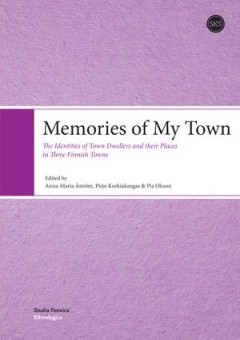
Memories of My Town
Memories of My Town is an exploration into how town dwellers experience their environment in a complicated way. As people in urban milieus relate themselves to the environment, this takes place on many levels, where especially the time level becomes problematic. The urban buildings and settings can be looked upon as a kind of collective history, as carriers or witnesses of times past. But it is…
- Edition
- -
- ISBN/ISSN
- 9789518580198
- Collation
- -
- Series Title
- -
- Call Number
- 301 RIZ m

Peasants, Pilgrims, and Sacred Promises
Lying on the border between eastern and western Christendom, Orthodox Karelia preserved its unique religious culture into the 19th and 20th centuries, when it was described and recorded by Finnish and Karelian folklore collectors. This colorful array of ritulas and beliefs involving nature spirits, saints, the dead, and pilgrimage to monasteries represented a unigue fusion of official Church ri…
- Edition
- -
- ISBN/ISSN
- 9789517463669
- Collation
- -
- Series Title
- -
- Call Number
- 306.6 STA p
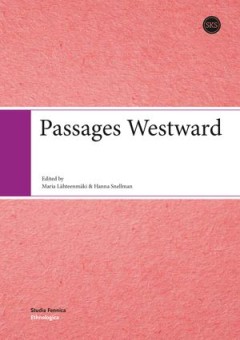
Passages Westward
The West has always been a resource for the Finns. Scholars, artists and other professionals have sought contacts from Europe throughout the centuries. The Finnish experience in Western Europe and the New World is a story of migrant laborers, expatriates and specialists working abroad. But you don’t have to be born in Finland to be a Finn. The experiences of second-generation Finnish immigran…
- Edition
- -
- ISBN/ISSN
- 9789518580679
- Collation
- -
- Series Title
- -
- Call Number
- 572.9 SNE p
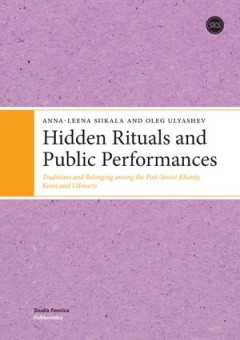
Hidden Rituals and Public Performances: Traditions and Belonging Among The Po…
Why are Khanty shamans still active? What are the folklore collectives of Komi? Why are the rituals of Udmurts performed at cultural festivals? In their insightful ethnographic study Anna-Leena Siikala and Oleg Ulyashev attempt to answer such questions by analysing the recreation of religious traditions, myths, and songs in public and private performances. Their work is based on long term field…
- Edition
- -
- ISBN/ISSN
- 9789522223074
- Collation
- -
- Series Title
- -
- Call Number
- 301 ULY h
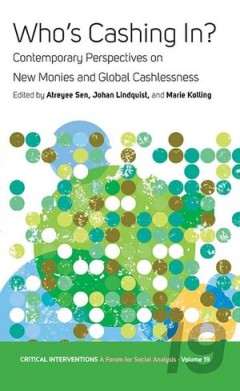
Who's Cashing In?: Contemporary Perspectives on New Monies and Global Cashles…
Cashless infrastructures are rapidly increasing, as credit cards, cryptocurrencies, online and mobile money, remittances, demonetization, and digitalization process replace coins and currencies around the world. Who’s Cashing In? explores how different modes of cashlessness impact, transform and challenge the everyday lives and livelihoods of local communities. Drawing from a wide range of et…
- Edition
- -
- ISBN/ISSN
- 9781789209174
- Collation
- -
- Series Title
- -
- Call Number
- 301 WHO w
 Computer Science, Information & General Works
Computer Science, Information & General Works  Philosophy & Psychology
Philosophy & Psychology  Religion
Religion  Social Sciences
Social Sciences  Language
Language  Pure Science
Pure Science  Applied Sciences
Applied Sciences  Art & Recreation
Art & Recreation  Literature
Literature  History & Geography
History & Geography